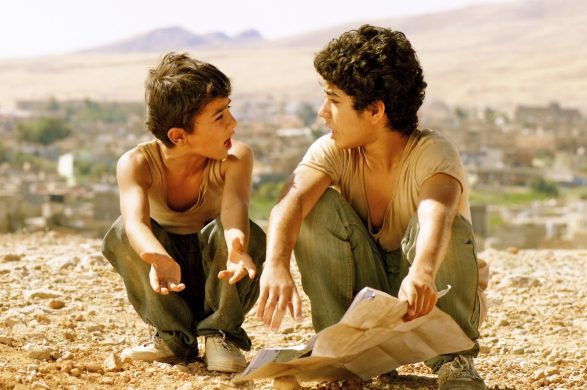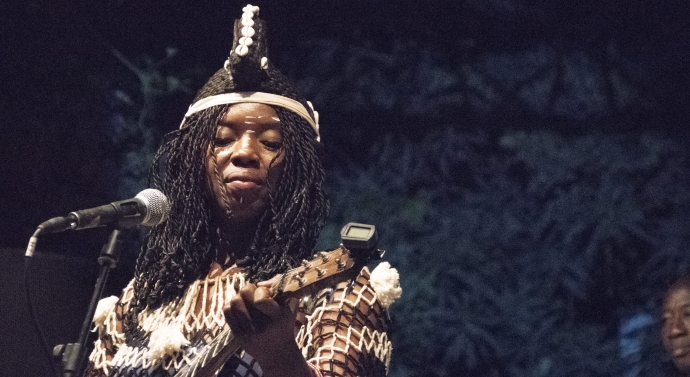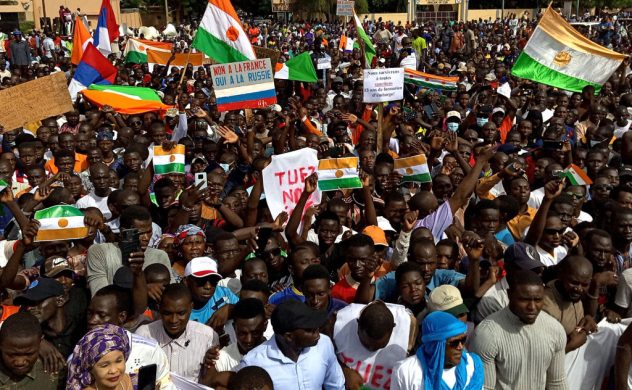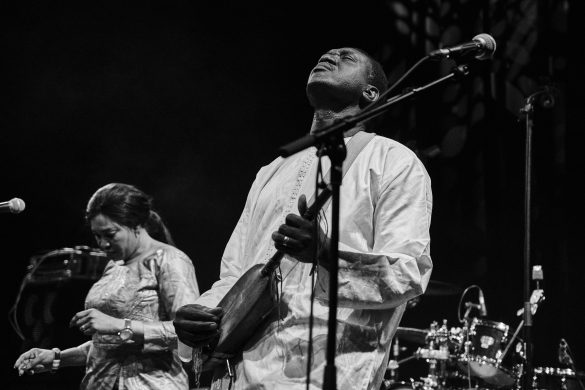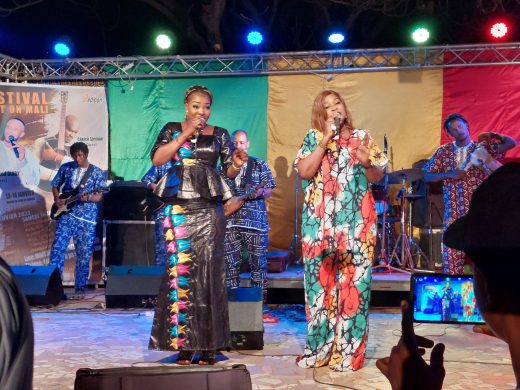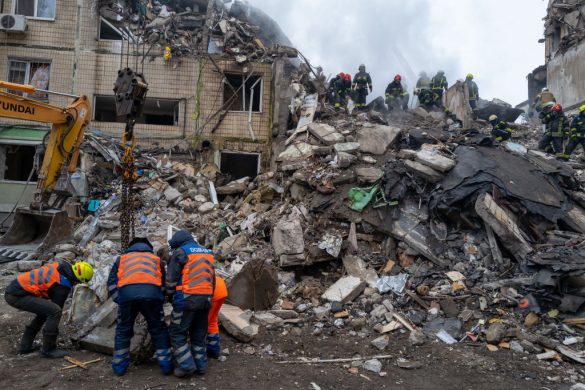TIMBUKTU, 4 February 2016 (UNESCO): A consecration ceremony of the Timbuktu mausoleums, last held in the 11th century, was celebrated Thursday at the initiative of the local community, the final phase of the United Nations-backed cultural rebirth of the age-old Sahara city after the destruction wrought by radical Islamists in 2012.
“These mausoleums are now once again standing,” UN Educational, Scientific and Cultural Organization (UNESCO) Director-General Irina Bokova said in a message to the people of Mali.
The Western African nation is home to the city that was an economic, intellectual and spiritual capital and a centre for the diffusion of Islamic culture throughout Africa during its golden age in the 15th and 16th centuries.
“This is irrefutable (uigendriveligt) proof that unity is possible and peace is even stronger than before. We did it and we can do it again,” she added.
The site was heavily destroyed by occupying Islamist extremists after fighting broke out in January 2012 between Government forces and Tuareg rebels.
Ofring af dyr og oplæsning fra Koranen
Thursday's ceremony at the Mosque of Djingareyber began in the early morning with the sacrifice of animals and reading of Quranic verses to invoke the divine mercy to provide peace, cohesion and tranquillity.
It concluded with a Fatiha (prayers), rites representing the rejection of intolerance, violent extremism and religious fundamentalism.
The mausoleums have long been places of pilgrimage for the people of Mali and neighbouring West African countries, and are widely believed to protect the city from danger.
Sixteen of them are inscribed on UNESCO's World Heritage List and 14 were destroyed in 2012, representing a tragic loss for local communities.
Se mere på http://whc.unesco.org/en/list/119
The government of Mali in 2013 turned to outside partners, including UNESCO, for assistance.
The preservation of ancient manuscripts and rehabilitation of the 14 destroyed mausoleums began in March 2014.
By that time local masons under the supervision of Imam of Djingareyber, and with support from UNESCO and the UN Multidimensional Integrated Stabilization Mission in Mali (MINUSMA), laid the first earthen brick to reconstruct two of the mausoleums.
It concluded in July 2015.
Se også Mali begins rebuilding mausoleums from Timbuktu's 'golden age'


